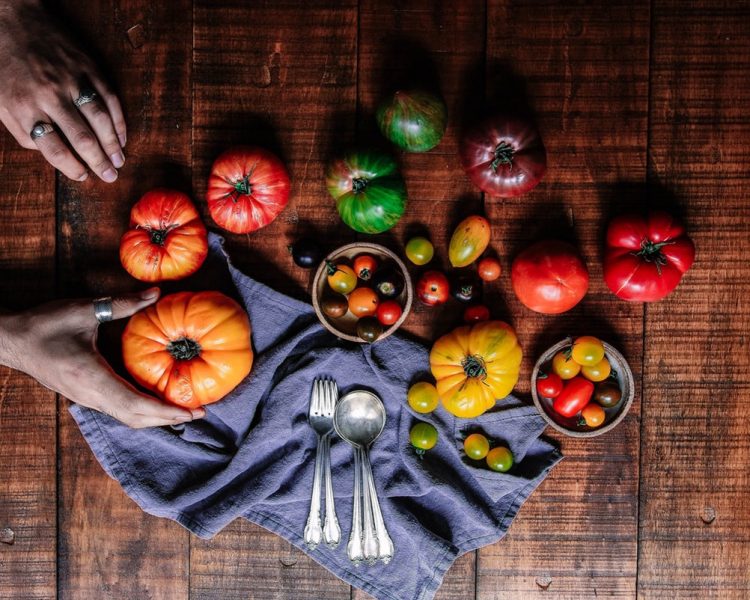Hybrid and Heirloom Vegetables
National CSA Directory November 6, 2018


The agricultural sector has experienced major changes in recent times. Ever since the introduction of biotechnology, farmers now have a wide range of options as far as choosing the ideal seedlings for their farms is concerned. The two main contenders include hybrid plants and heirloom plants.
What are hybrid plants?
Hybrid plants are created when two handpicked varieties of seeds from the same family are intentionally cross-pollinated to produce hybrid seeds. The resultant hybrid seeds are then grown to produce hybrid plants.
The essence of cross-pollinating different types of compatible plants or seeds is to produce a crossbreed that contains the best features of both parents. Furthermore, hybrid seeds are known to produce more yield than other types of conventional seedlings.
However, with time, hybrid plants tend to stabilize in the sense that they will not reproduce the same features. Some plants even revert to the features of one of the parent plant species.
Common hybrid veggies include Sun Gold tomatoes, Chinese Broccoli, Grapples and Kalettes.
What are heirloom plants?
Heirloom plants are not anything new. Just as the name suggests, this type of plant species is derived from seeds that have been saved. Farmers pass them down from generation to generation. The seed varieties are created through natural open pollination with the aid of natural agents.
Heirloom plants are raised from seed varieties that are typically 50 years or older. Furthermore, these seeds are often a preserve of a particular area or region. After a harvest, gardeners save the seeds from their best plants to be used by future generations or in the next planting cycle.
While I was at the farmers market near me today there were good examples of heirloom vegetables include Kentucky wonder beans, Armenian cucumber, Italian sweet paper, and Nebraska Wedding tomatoes.
What are the differences between hybrid and heirloom vegetables?
The differences between these two-plant species are far and wide. Unlike hybrid plants that are cross-pollinated, heirloom plants are open-pollinated. Essentially, heirlooms go through natural pollination with the aid of insects and the wind. This gives heirloom vegetables an upper hand in terms of taste and appearance. They tend to have an exceptional taste and a more natural appearance.
Besides having an exceptional taste, heirloom vegetables are considered more nutritious than their hybrid counterparts. Research indicates that newer breeds often lose a considerable amount of nutrients during cross-pollination.
Considering the processes that hybrid seeds have to go through, they tend to be more expensive than heirloom seeds. Furthermore, it is not a guarantee that the next hybrid yield will be similar to your current harvest. Heirlooms are always the cheaper, better option especially if you save and use your own seeds.
Are hybrid and heirloom plants related to GMO plants?
Genetically Modified Plants are not related to hybrid or heirloom plants. GMOs are created by altering the DNA structure of the plant in a lab, circumventing the laws of nature. This is done by introducing an alien virus or bacteria into the plant cell to make it better. Hybrid and heirloom plants are created through cross-pollination and open-pollination, respectively. They are different from GMOs as the DNA structure of the plant remains the same.
Conclusion
Choosing between hybrid and heirloom vegetables is more of a personal choice. However, from the look of things, heirloom vegetables offer more benefits than their hybrid alternatives. Heirlooms are not only natural, but also resistant to diseases. The fact that they have been grown for centuries gives farmers and gardeners a strong connection to agriculturalists of yesteryears.